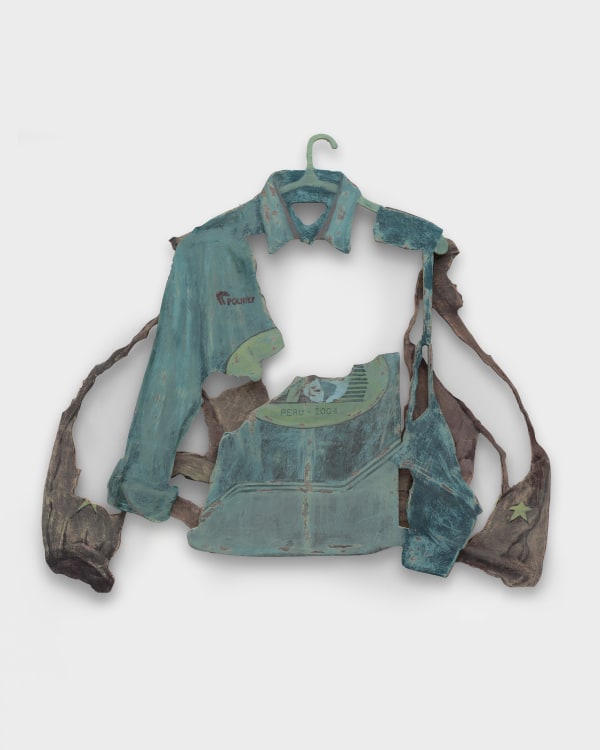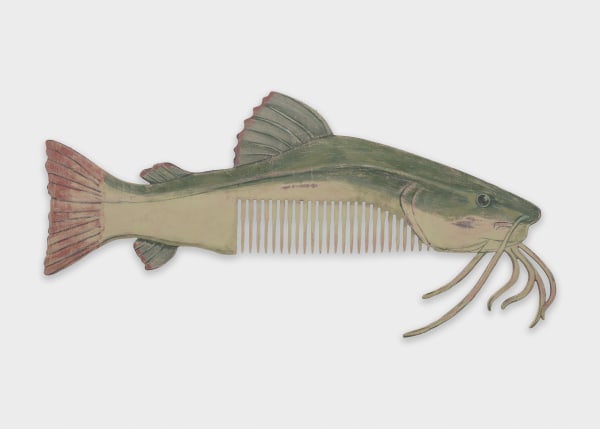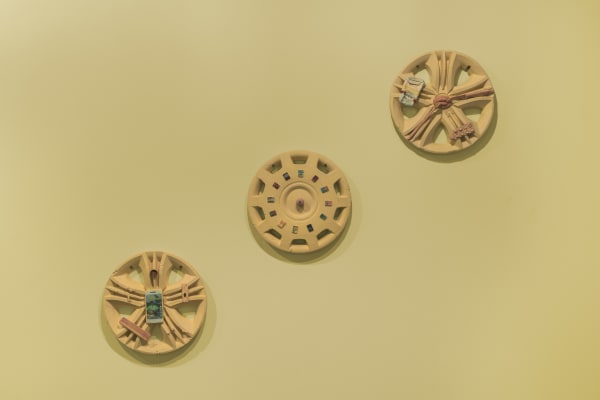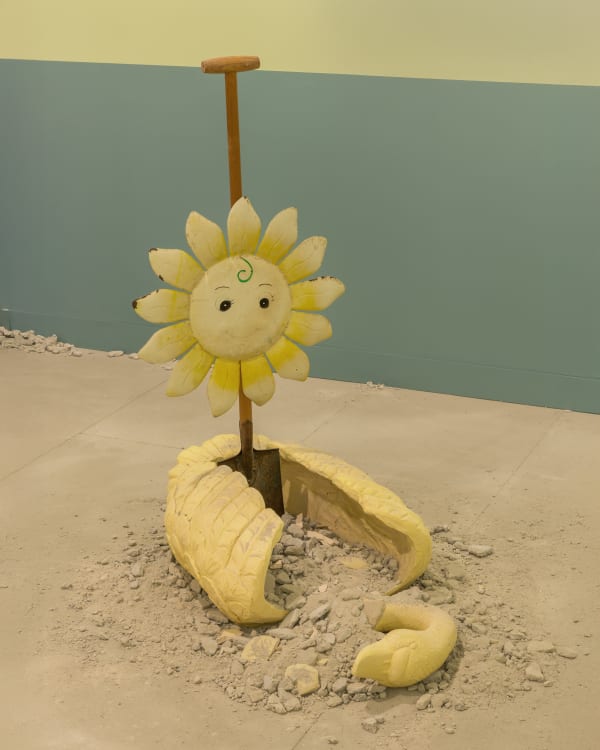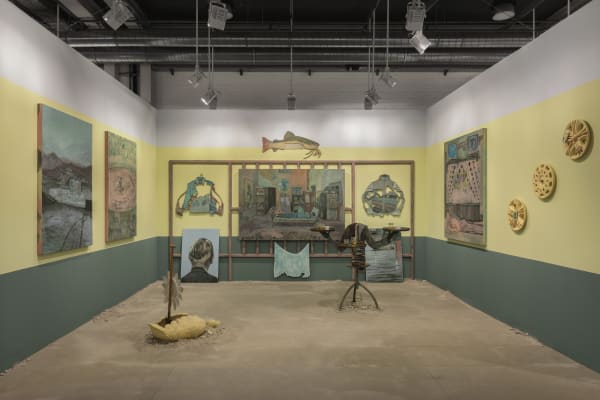Arturo Kameya: Every step is a payment in full | Statements
GRIMM debuts Every step is a payment in full, a new installation by Arturo Kameya (b. 1984, Lima, PE) at Art Basel’s Statements sector, following the artist’s 2024 solo exhibition Opaque Spirits at Marres, Maastricht (NL), and his current solo exhibition The moon wanted to be the sun, but it was too late to change at GRIMM, Amsterdam (NL) and ahead of his solo exhibition at Centre d’Art Saint-Fons (CAP), Lyon (FR) in the Fall.
Kameya’s installation at Art Basel Statements is based on the history of physical education (P.E.) in 20th-century Peru. The installation examines the consolidation of cultural assimilation policies and the use of sports and physical education as a "civilizing" tool, one of the foundational pillars of modernization. The artist draws upon educational centres in Peru for visual reference alongside historical and personal archives.
“Physical education in large parts of Latin America originates in the management of bodies capable of work and the transfer of knowledge without the need for a complex structure of literacy or education: the transfer of knowledge and ideologies through the bodies.” [1]
In Peru, during the first half of the 20th century, the elite members of society managed physical education. After losing the war to Chile, they focused on imparting European principles and values upon the native population through a classist and racist civilizational project. Physical education "was seen as the means to form bourgeois individuals, in vigorous physical condition and with excellent morals." [2]
The works explore, in a non-explicit and non-linear manner, how the oligarchic narratives that have governed the country from colonial times to the present have imposed the concept of an “Intrinsic guilt” on the marginalized communities within the Peruvian social pyramid that functions like original sin, shifting the blame for society's ills onto “undisciplined, barbaric, and uncontrollable bodies”, while deflecting attention from the structural issues of governance, such as corruption, disorganization, and inequality. From the forced labor imposed upon the “amoral pagans" during the colonial period to the defeat in the War of the Pacific, and the more recent downfall of the drunken footballer— a performative figure of pop culture that embodies the failure of social ascent— the blame always lands on the same bodies, those who are forever in debt.
Kameya’s installation draws upon numerous Peruvian educational centers and historical and personal archives for visual reference. The ambience, painted walls, and objects all contribute to the immersive space, while the imagery in each of his paintings offers an entry point into the subject at hand.
Notes:
1. Paraphrased text from Juliane Müller's El duelo entre la Escuela 'Ayllu de Warisata y los vecinos de Achacachi: la indigenización del fútbol en el departamento de La Paz (1900-1940), published in the book Fútbol y sociedad en América Latina (2021).
2. Mariana Marceillac Riofrío, The Political Construction of Sports in the Peruvian Educational System, Bachelor's Thesis in Sociology, Pontifical Catholic University of Peru, 2020.
This presentation is made possible with the kind support of the Mondriaan Fund.




